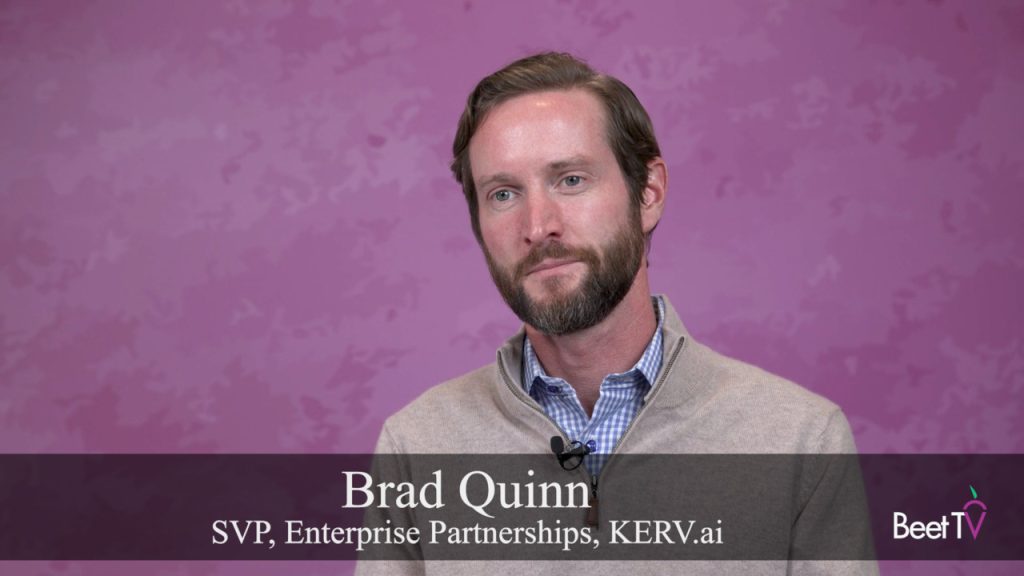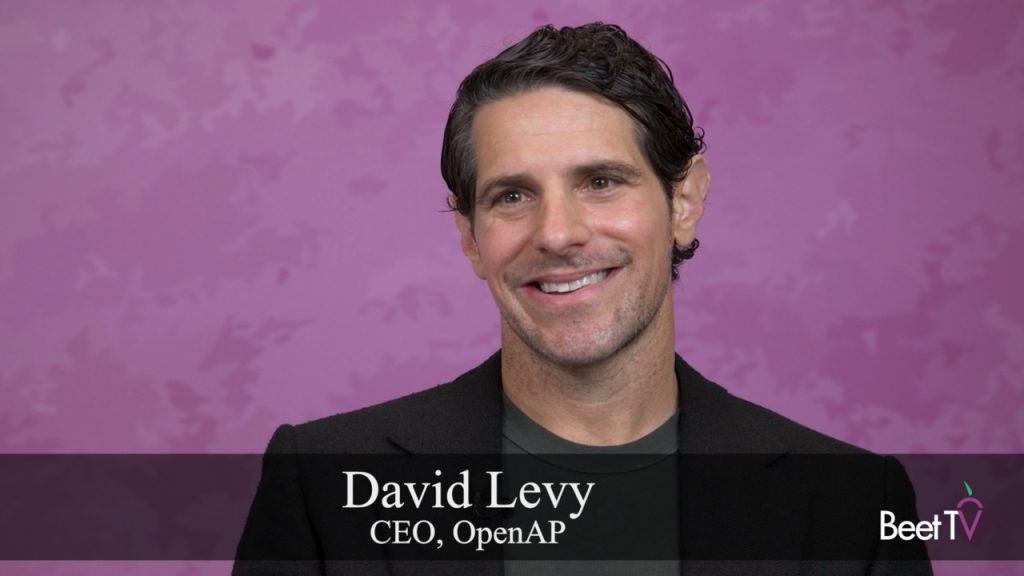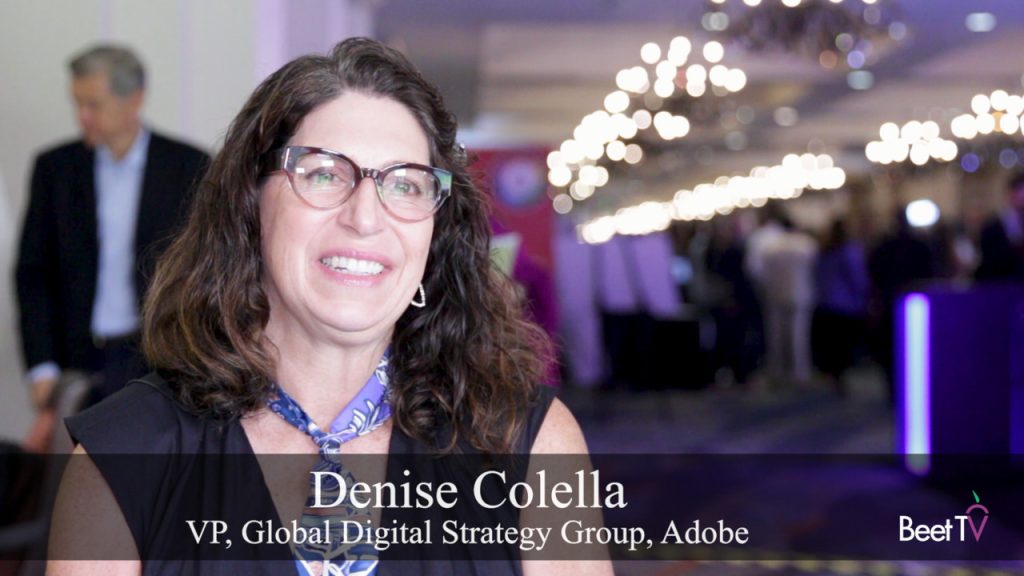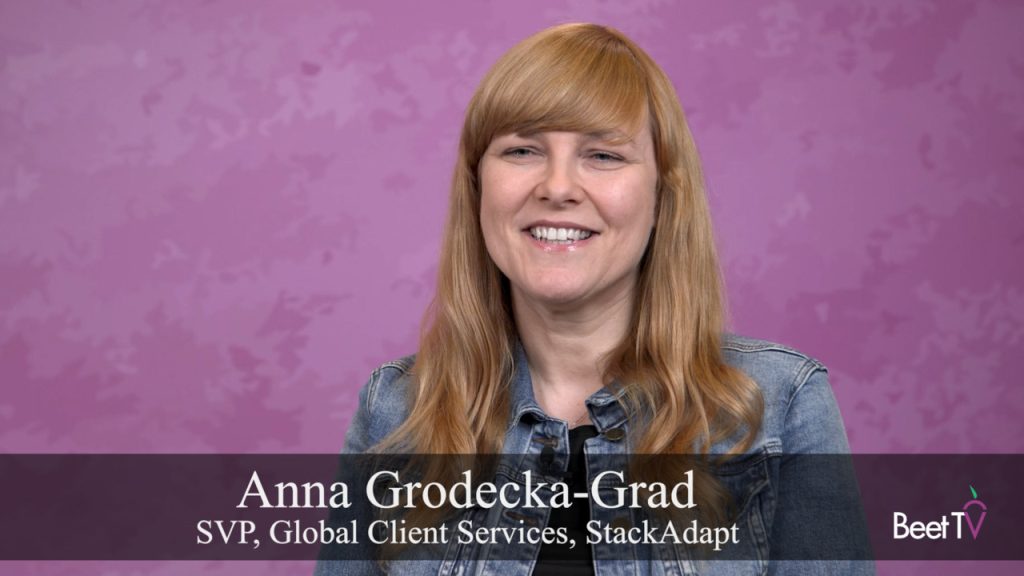LOS ANGELES – The growing popularity of streaming video is giving advertisers another way to reach millions of U.S. consumers who watch a broader variety of on-demand programming. Marketers want to ensure that their messaging appears next to content that’s not only relevant to target audiences, but also is brand-safe.
“Core to measurement is content transparency. It is the other side of the coin for everything when we look at identity data,” Field Garthwaite, co-founder and chief executive of IRIS.TV, said in this conversation with Mike Fisher, vice president of advanced TV and audio at GroupM’s Essence, at Beet.TV’s Beet Retreat.
IRIS.TV created a content identifier called IRIS ID that classifies video programming based on topic and other characteristics. The goal is to make content more transparent to advertisers at a massive scale while also protecting publishers that want to guard their valuable content data.
“When it comes to performance, making sure ad creative performs, making sure that we have unduplicated reach and frequency, you need to understand what it is that you’re reaching,” Garthwaite said. “In every campaign that we see leverages data, it actually drives higher performance.”
Content transparency has been an important characteristic of traditional linear television for years, with advertisers demanding to see the scripts of shows to ensure they were brand-safe, Fisher said.
“We need the digital side of it to look more like traditional TV, and we need the traditional TV side to look like more digital video, which means that different dollars and different tranches of budgets are going to have different approaches to the space,” he said. “Context is such an important thing in linear TV… Until recently, there hasn’t really been a push in connected TV to align that type of thinking with the ecosystem.”
IRIS.TV has scaled up its platform from handling 1 billion ad requests to hundreds of billions of ad requests across a variety of platforms. Its system works with different kinds of media buys, including direct deals, private marketplaces (PMPs) and open auctions.
Avoiding Bad News
While news programming is valuable to many viewers, marketers can be hesitant to run ads next to stories about sad or shocking events. During the early days of the pandemic when many news organizations focused on the rising death rate, many brands sought to avoid ad placements next to such grim updates.
IRIS.TV found only 6% to 7% of news programming was unsafe for brands, while other kinds of journalism content was both engaging for viewers and not objectionable to advertisers. News content can be inexpensive in terms of cost per thousand (CPM) viewers.
“There’s a lot of content around education, travel [and] weather on news providers,” Garthwaite said. “It’s when consumers are actually trying to access information, and actually be educated about what’s going on in the world. It’s great inventory and can be leveraged at lower CPMs.”
IRIS.TV is expanding its platform to work with a broader variety of data providers to help advertisers with their targeting. It also collaborates with content providers to protect their sensitive content data.
“Sellers have seen that context, that the way brand safety has worked in the past as a theft of their first-party data. They’re correct about that,” Garthwaite said. “They invest a lot of money to produce that journalism, which is text or video content, and they don’t want to release that into the bidstream, have DSPs [demand-side platforms] train their algorithms off of it and then lose the value of the rest of their content.”
You are watching coverage from Beet Retreat Santa Monica 2021, presented by FreeWheel, IRIS.TV, Samba TV, TransUnion & Warner Music Group. For more videos, please visit this page.














































